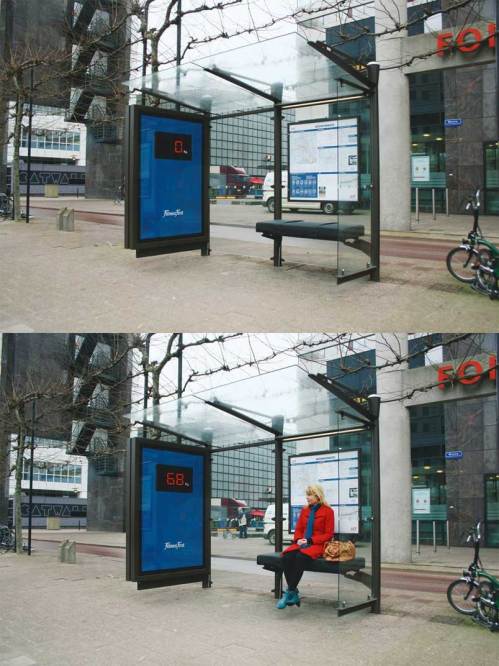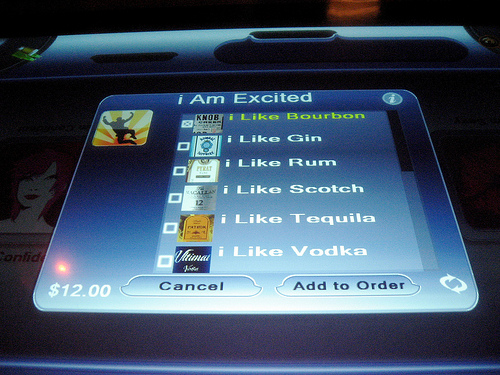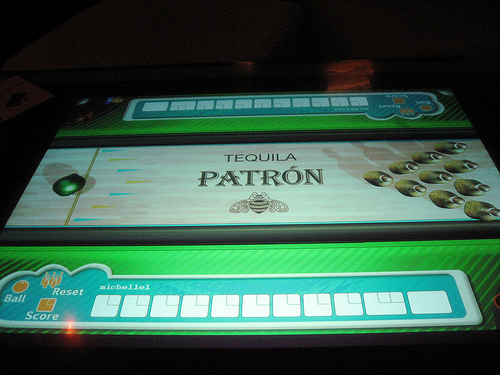I recently attended a presentation by Gary Hirshberg, founder and CE-Yo of Stonyfield Farm. He is a fascinating speaker. As someone who has a hard time remembering anything I’ve hear, I think it’s a testament to his captivating storytelling ability that I can recall much of what he spoke about. One thing he mentioned was the perception of waste in our country. For the most part we dispose of our trash in dumpsters or in trash receptacles that we move to the sidewalks once a week. From there a big truck comes to get it and it disappears to the exotic placed called “away.” Well, Hirshberg says, the reality is there is no such place as “away.” All that trash does wind up going somewhere (a lot of it to Pennsylvania incidentally).
With trash on my mind the past couple of weeks, I was particularly interested to happen across Artificialowl.net, a website that houses a collection of abandoned man-made creations. It seems that it’s not just trash that we forget about, and it’s not even just Americans who forget about them. Everything from amusement parks to cars from Antarctica to Namibia are featured on this site.

Abandoned old planes at La Paz - Jfk International (El Alto) Airport - Bolivia








